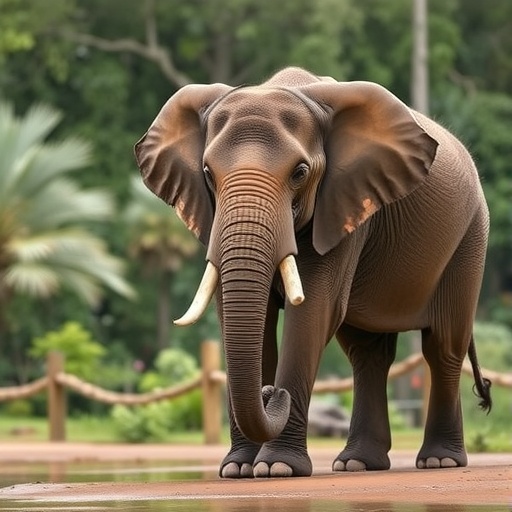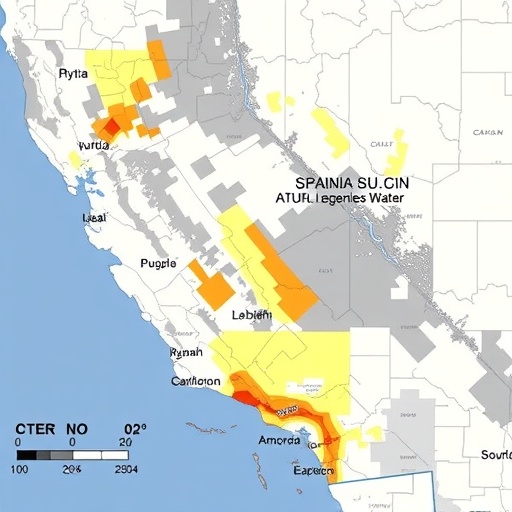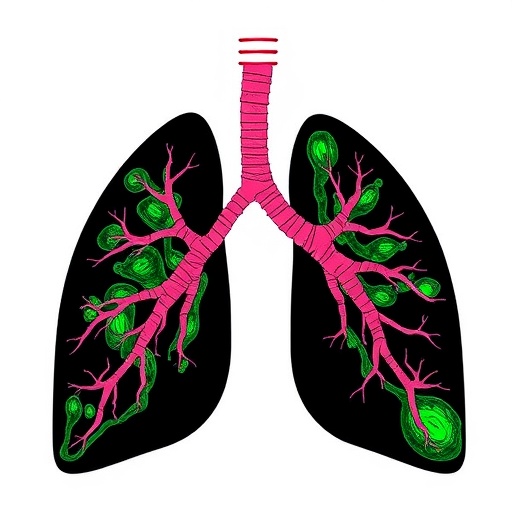In a groundbreaking advancement for wildlife conservation and veterinary medicine, researchers have achieved a pioneering milestone by developing the world’s first vaccine designed to combat elephant endotheliotropic herpesvirus (EEHV). EEHV represents a formidable threat as a leading cause of mortality among young Asian elephants, both in captivity and the wild. This vaccine trial, a collaborative undertaking spearheaded by the University of Surrey alongside Chester Zoo and the Animal and Plant Health Agency, demonstrates not only safety but also a robust stimulation of the immune system’s antiviral response in adult elephants.
Published in the prestigious journal Nature Communications, this proof-of-concept study marks a significant breakthrough in addressing a viral pathogen that has long challenged elephant conservation efforts globally. The trial was conducted on adult elephants housed at Chester Zoo, where the vaccine was administered in a two-step process. The initial dose employed a viral vector platform to deliver two critical EEHV proteins — EE2 and the major capsid protein — provoking the immune system to recognize and mount a defense against these viral components. This was followed by a booster injection containing purified versions of these proteins combined with an adjuvant, which serves to intensify the immune response and solidify long-term immunity.
One of the most striking aspects of this study was its use of whole transcriptome sequencing, enabling comprehensive profiling of the immune response at a molecular level—an approach never before applied to elephants. This cutting-edge method allowed for the identification of activated immune pathways, elucidating how the vaccine orchestrates the body’s viral defense mechanisms. The data revealed pronounced activation of both CD4+ “helper” T cells and CD8+ “killer” T cells, crucial players in virus eradication and immune memory formation. This detailed immunological insight is invaluable for optimizing vaccine formulations and tailoring immunization schedules that confer maximal protection.
The absence of any adverse side effects among the vaccinated elephants further reinforces the vaccine’s promise as a safe intervention. Unlike many experimental vaccines that carry risks of unwanted immune reactions, this heterologous prime-boost strategy leverages viral vector delivery and purified proteins to minimize complications. This careful design ensures the vaccine primes and boosts the immune system effectively without inducing pathological inflammation, a critical factor when implementing prophylactic treatments in conservation breeding programs.
Professor Falko Steinbach, a leading figure in veterinary immunology at the University of Surrey, emphasized the significance of these findings. He highlighted that this vaccine trial represents a landmark achievement, demonstrating for the first time in elephants that it is possible to elicit the precise T cell-mediated immune responses necessary for protection against EEHV. These cellular immune responses are vital as EEHV primarily targets endothelial cells, and the rapid viral replication can result in fatal hemorrhagic disease in juvenile elephants.
The implications for elephant conservation are profound. EEHV disproportionately affects calves, which are the most vulnerable and valuable members of captive and wild populations. By potentially preventing this devastating disease in young elephants, the vaccine could dramatically reduce mortality rates and bolster population sustainability. Dr. Tanja Maehr, lead author from the Animal and Plant Health Agency, expressed optimism that further trials in elephant calves and within natural range countries are imminent. Such efforts could enable the deployment of the vaccine where it is desperately needed to safeguard the species’ future.
In a notable collaboration that spanned continents, the immunology team at the University of Surrey partnered with researchers in São Paulo to apply systems immunology approaches. This combined expertise allowed for a broad and integrative understanding of how the vaccine activates the elephant immune system. The interconnected activation of various antiviral immune pathways suggests the vaccine induces a holistic antiviral defense rather than a narrow or transient response, improving the likelihood of durable protection against EEHV.
Dr. Katie Edwards, Lead Conservation Scientist at Chester Zoo, reflected on the years of dedicated research culminating in this publication. She underscored how EEHV has tragically claimed countless elephants both in captivity and the wild, thwarting conservation efforts. While acknowledging that the vaccine is not yet a panacea, Edwards stressed that this is an enormous step forward—offering tangible hope that the tide can be turned against EEHV-associated deaths. Her perspective highlights the intersection of scientific innovation and practical conservation impact.
The success of this vaccine also sets a precedent for future wildlife disease interventions. By harnessing modern immunological techniques, including viral vector technology and transcriptomic profiling, veterinary medicine can now approach complex viral threats in non-model species with heightened precision. This could inspire similar advances in vaccines for other endangered wildlife afflicted by viral pathogens, contributing to biodiversity preservation on a global scale.
Moreover, this project reveals the vital role zoos and research institutions play in pioneering veterinary health solutions. Chester Zoo’s collaboration demonstrates the value of captive populations not only as species reservoirs but also as crucial sites for innovative medical trials that benefit both ex situ and in situ populations. Such multidisciplinary partnerships between zoological parks, academic institutions, and government agencies are essential in tackling emerging conservation challenges.
Looking ahead, the research team plans to expand trials to include juvenile elephants, the primary at-risk group, ensuring the vaccine’s efficacy and safety within this demographic. Additionally, efforts will focus on evaluating the vaccine in elephant range countries across Asia, where natural EEHV outbreaks continue to threaten wild populations. Should these subsequent studies confirm initial findings, widespread vaccination could emerge as an indispensable tool in a comprehensive strategy to arrest the decline of Asian elephants.
In conclusion, this study represents a critical turning point in the fight against EEHV. It demonstrates not only that a vaccine can be safely administered to elephants but also that it elicits a powerful, targeted immune response capable of counteracting one of the most lethal viral threats to this iconic species. By bridging advanced immunology with applied conservation, researchers have illuminated a hopeful pathway forward—one that could safeguard the future of Asian elephants globally and set new standards for veterinary vaccine development in wildlife medicine.
Subject of Research: Development and immunological evaluation of a vaccine against elephant endotheliotropic herpesvirus (EEHV) in Asian elephants.
Article Title: A safe, T cell-inducing heterologous vaccine against elephant endotheliotropic herpesvirus in a proof-of-concept study.
News Publication Date: 3 October 2025.
Web References: 10.1038/s41467-025-64004-x
Image Credits: Chester Zoo
Keywords: Zoo animals; Viruses; Herpesviruses; Viral integration; Vaccine development; Wildlife
Tags: Asian elephant mortality preventionChester Zoo elephant studycollaborative research in animal healthEEHV vaccine trial resultselephant health and conservation initiativeselephant herpesvirus vaccine developmentimmune response to viral pathogenslong-term immunity in elephantsNature Communications publicationveterinary medicine advancementsviral vector vaccine technologywildlife conservation breakthroughs





